Phone:
(786) 539-7557
Physical address:
7790 Northwest 55th Street, Doral, Florida 33166, United States

Phone:
(786) 539-7557
Physical address:
7790 Northwest 55th Street, Doral, Florida 33166, United States
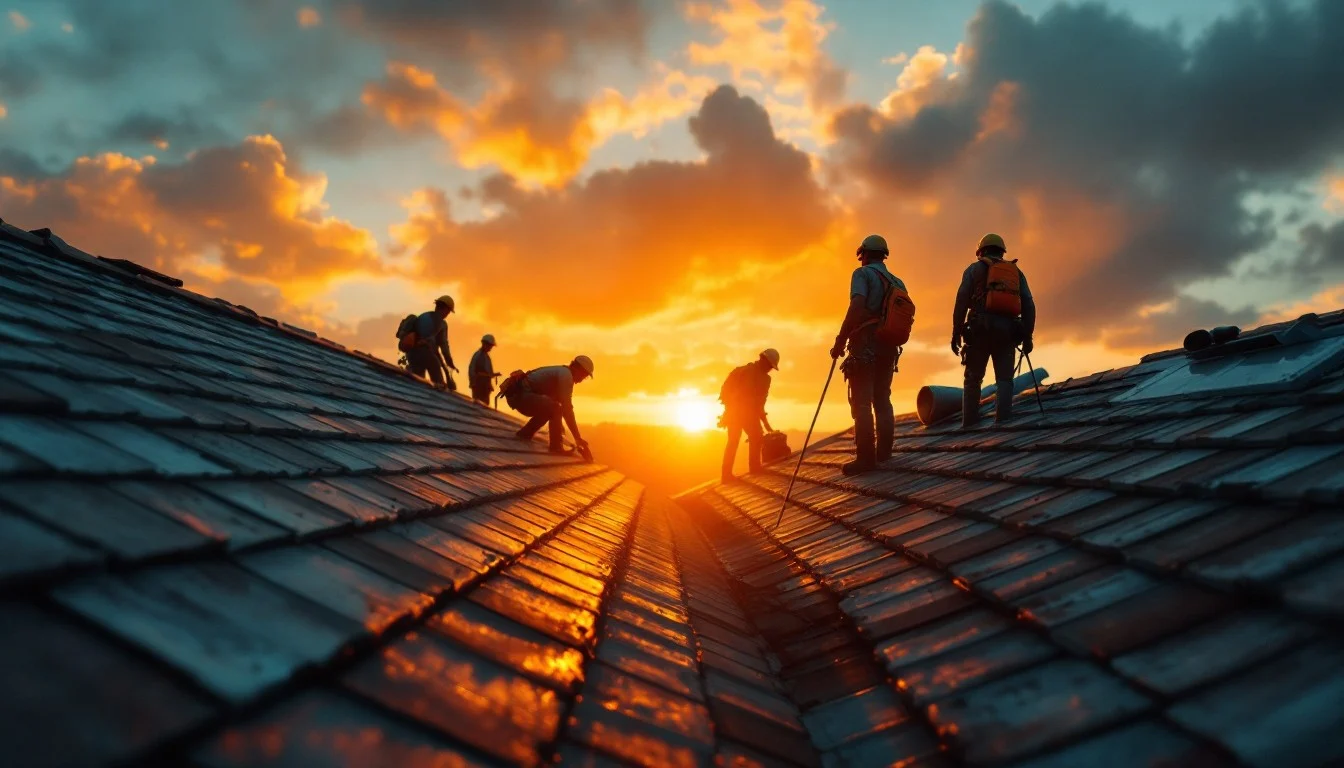
Florida living is all about sunshine, stunning beaches, and… Battling the elements. From scorching heat and humidity to hurricane-force winds and torrential downpours, your roof faces a unique set of challenges. Choosing the right roofing material is crucial for protecting your investment and ensuring your home stays comfortable and dry. Let’s dive into the common roofing types in Florida and how to select the best one for your needs.
Before we explore roofing types, it’s essential to acknowledge the specific demands of Florida’s climate:
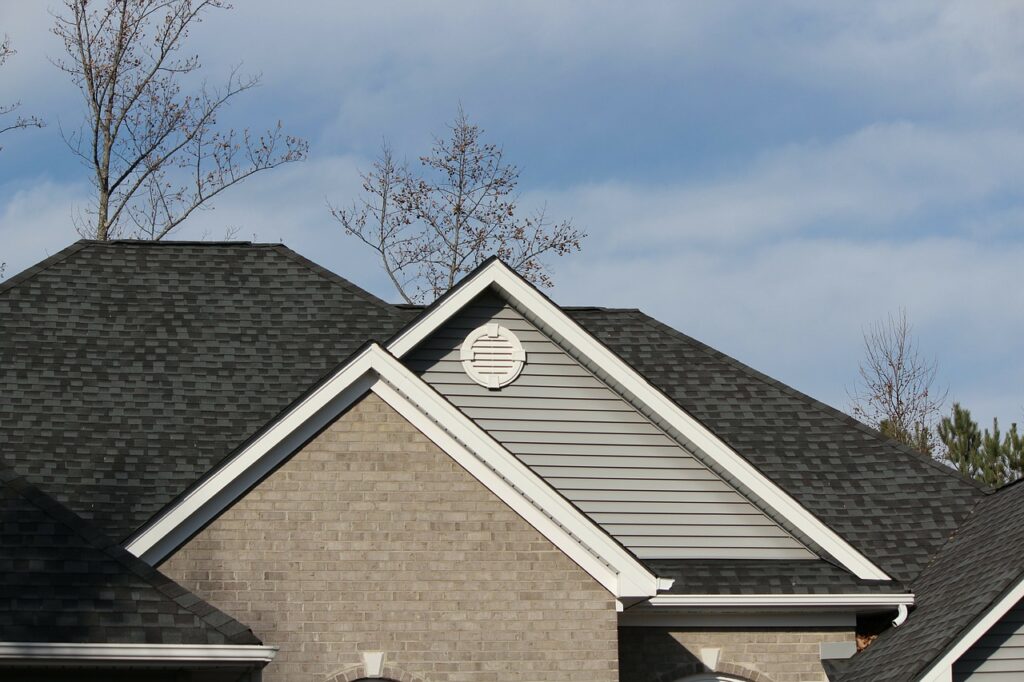
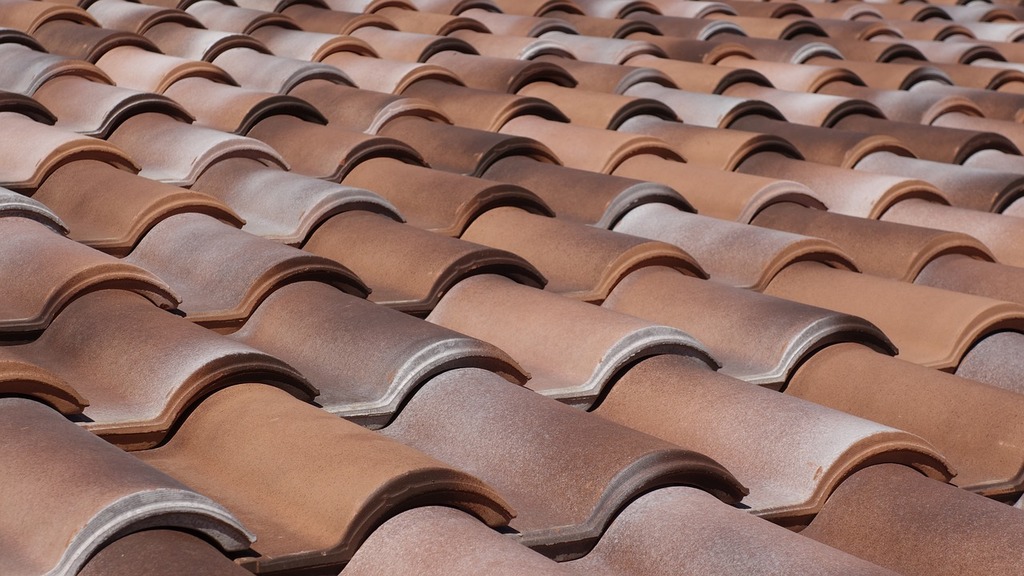
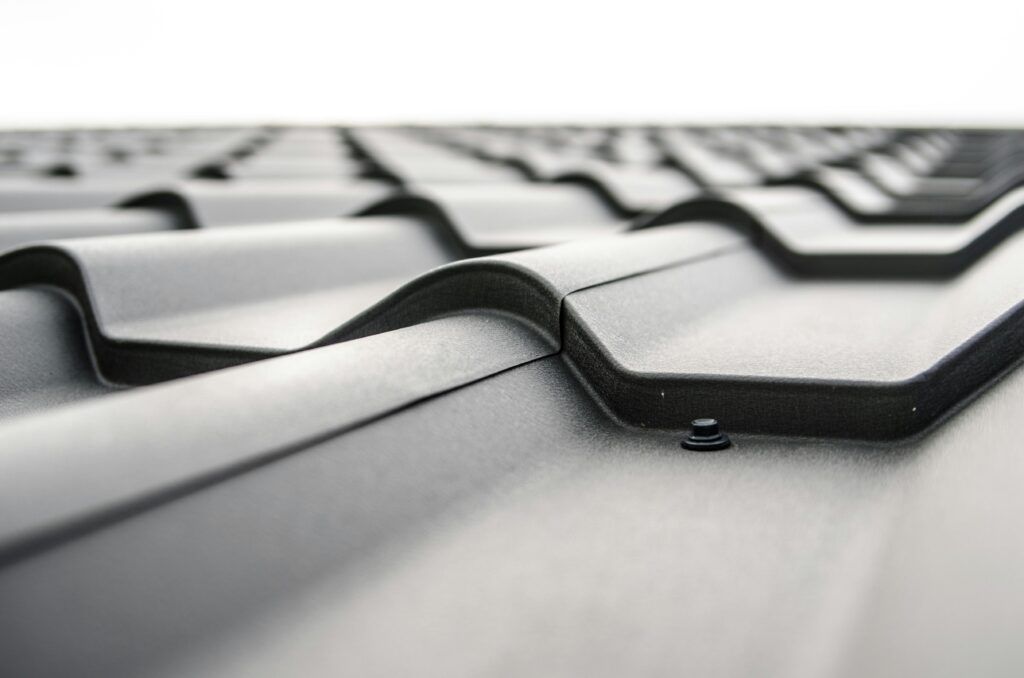
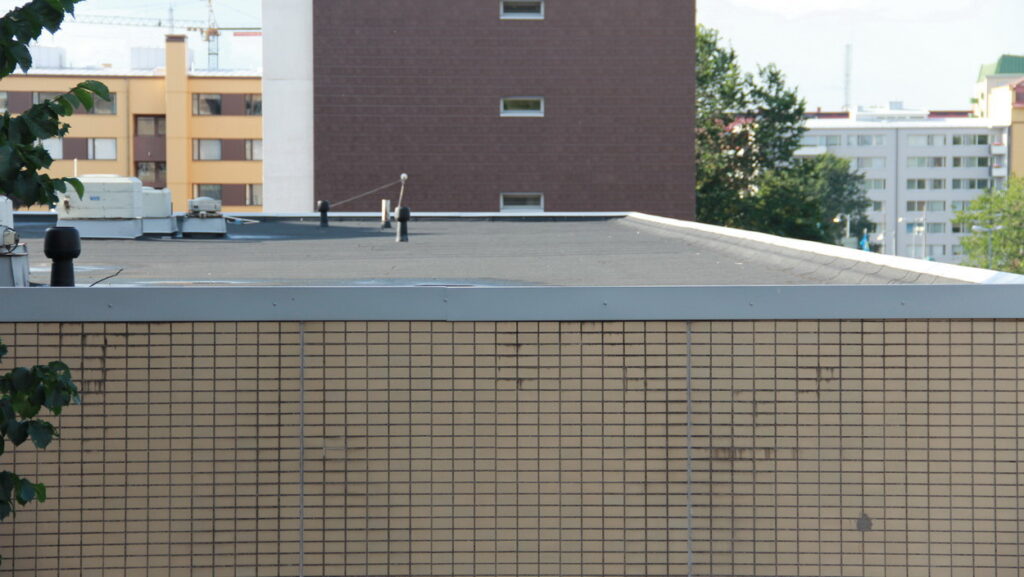
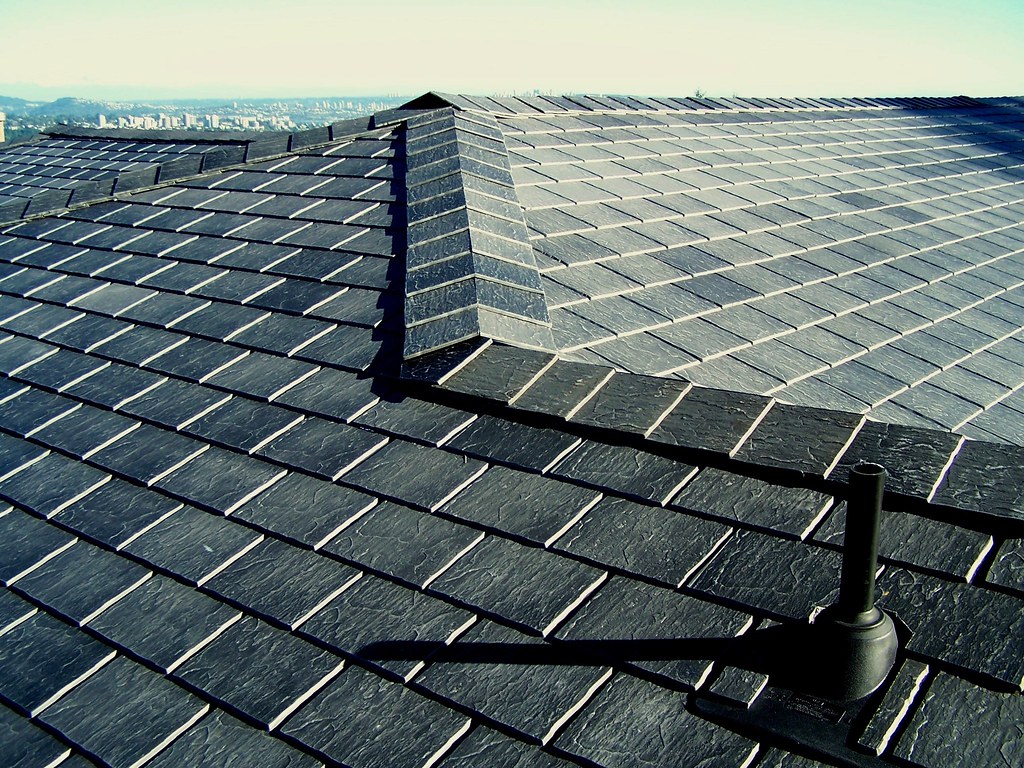
Choosing the right roof for your Florida home is a significant investment. By understanding the challenges of the climate and carefully evaluating your options, you can select a roof that provides lasting protection and enhances the beauty of your home. Remember to prioritize durability, wind resistance, and energy efficiency. With proper planning and professional installation, your Florida roof can withstand the elements and keep you comfortable for years to come.